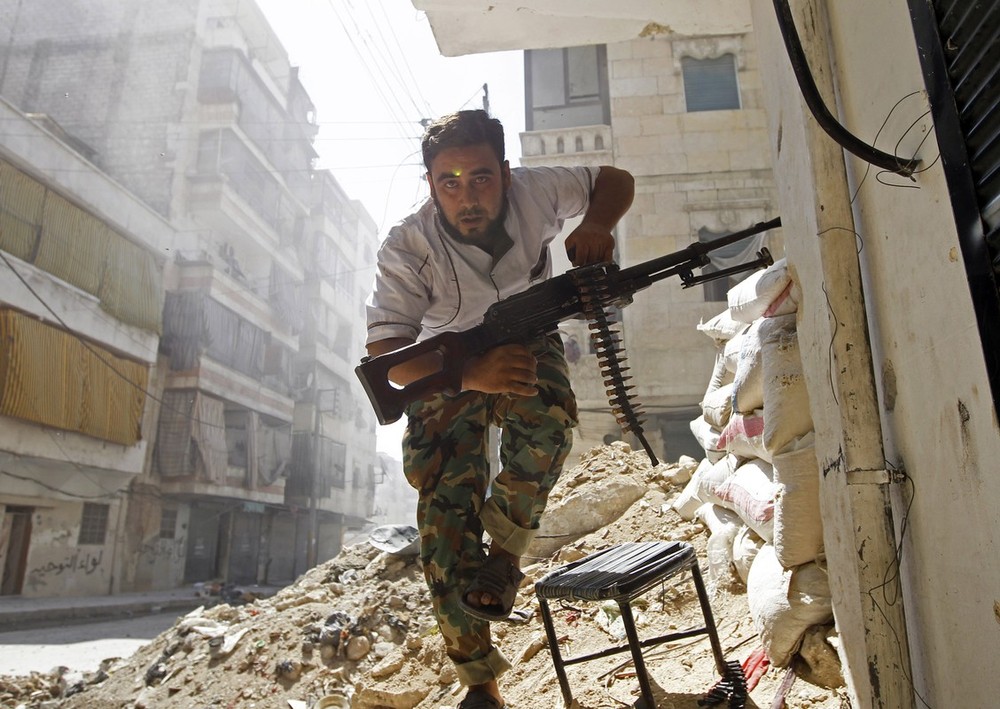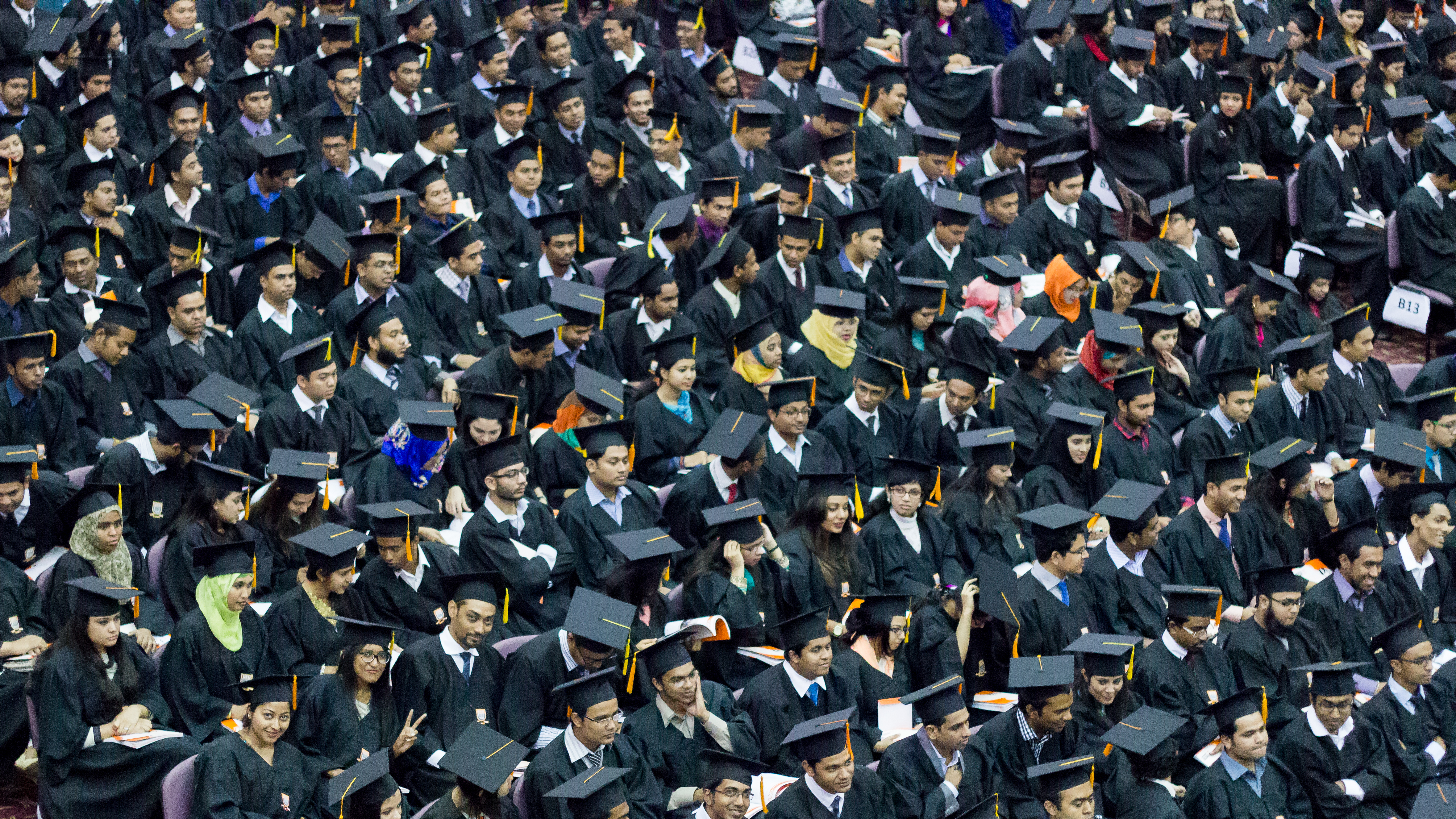The Syrian Civil War is drawing to a close, and at long last. Since its inception in March of 2011, the conflict has provoked utter calamity on a scale not otherwise seen since World War Two. Originating from an unassuming incident, the war has spiraled out of control, with the resulting carnage leaving upwards of 400,000 dead, with another 11 million displaced. Further, a staggering 13.1 million people, or 70% of the country’s population, are currently in dire need of humanitarian assistance. As Syrian government forces advance on the country’s last rebel-held enclave, the northwestern city of Idlib, things appear to be winding to a close with the Assad family’s grip on power as firm as ever. But in the wake of it all, it is worth assessing the impact the conflict has had on the country’s economy.
An Economy in Ruins
The Syrian economy has rapidly deteriorated over the course of the country’s brutal civil war, with many industries rendered all but obsolete. Though far from prosperous to begin with, with an estimated GDP per capita of $2,806 in 2010 – placing it 141st out of 212 countries measured by the International Monetary Fund – Syria’s economic situation has worsened considerably. In fact, from 2011-2015, the first four years of the civil war, an astonishing 75% of the economy was destroyed, with nominal GDP falling grievously from $60 to $12 billion. Over the same period, the country averaged an annual year-on-year GDP growth rate of -15%, plummeting to -21% in 2012. For contrast, over the same period the global year-on-year GDP growth rate rested at a conservative, yet healthy, average of 2.8%.
Syria’s unemployment rate has also ballooned as a result of the war, rising from 8.6% in 2010, to an incapacitating 50% in 2017; the second highest in the world at the time. Comparatively, Lebanon, which had a similar unemployment rate in 2010 (6.4% compared to 8.6%), has stayed relatively consistent.
Syria’s decreased economic output has also lead to a trade deficit of epic proportions. As a result of the war, Syria’s total exports have eroded to a mere 5% ($622 million) of the country’s 2008 total ($13.3 billion). The country currently faces a trade deficit of $3.8 billion.
The Syrian economy remains largely agrarian, with a feeble manufacturing base and a paucity of both skilled labourers and technological capital. To make matters worse, Syria is largely starved of natural resources. Not only does it lack the abundant oil reserves that sustain many of its neighbouring Gulf States, such as Saudi Arabia and the United Arab Emirates, but a paltry quarter of the country’s territory is comprised of arable land.
The country’s heavy reliance on farming also has the potential to yield disastrous economic ramifications, given the severity of perennial drought and recurrent dust storms, both of which are capable of crippling an agricultural sector that employs 23% of the countries workforce. From 2006-2011, Syria was victim to a drought said to be the worst in the country’s history; a factor that many believe helped cause the country’s civil war. While Syria ranks a grim 88 out of 125 countries measured by the MIT-affiliated OEC (Observatory For Economic Complexity), nearby Israel, despite being similarly gifted with few natural resources, ranks 17th, just behind France and Ireland.
As a result of the disastrous civil war, Syria has experienced waves of inflation of significant magnitude; in 2013, the country’s rate was one of the highest in the world. As a result, the Syrian government was forced to introduce a $2,000 bank note in 2017, the largest denomination ever in circulation within the country. The resulting impact on both rebel and government forces has been dire, forcing both camps to look abroad for foreign monetary and military support.
With these figures in mind, the rampant fiscal ramifications of Syria’s calamitous civil war become apparent. As a result of being an active war zone, accurate and timely statistics remain sparse for a number of measures which aim to quantify the overall quality of life for Syrians. The International Monetary Fund, for example, which measures real GDP per capita in various countries around the world, has reported “No Data” for Syria since 2010.
Fortunately, some statistics, such as the United Nations Development Program’s annual Human Development Index (HDI) remain available, helping to craft a basic idea of the tangible ramifications of the aforementioned statistics. The importance of the HDI is great, as it not only highlights the impact and gravity of the above figures, but effectively translates abstract economic data, such as unemployment and inflation, into a palpable measure of quality of life.
In 2010, a year before the Syrian Civil War commenced, Syria’s HDI, an amalgamated measure of GDP per capita, education, and life expectancy indicators, was 0.589, placing it in the “Medium Human Development” category, and 111th out of the 169 countries measured. In 2018, Syria was one of only a handful of countries whose overall rank and aggregate score fell, and by some margin (111th to 155th), a clear consequence of the civil war and the resulting humanitarian crisis.
Syria remains predominantly starved for any and all competitive advantages, a continuing contributor to the country’s persisting economic crisis. A 2014 report by the United Nations Relief and Works Agency (UNRWA) concluded that, “Even if the conflict ceased now and GDP grew at an average rate of five per cent each year, it is estimated that it would take the Syrian economy 30 years to return to the economic level of 2010”. The report labelled the conflict more broadly as an “economic catastrophe.”
Possible Roads to Recovery
With essential infrastructure, such as hospitals, schools, and roads destroyed, the UN special envoy for Syria, Staffan de Mistura, estimates the total cost of reconstruction to be in the range of an astonishing $250 billion dollars, of which they could only feasibly pay $8-$13 billion, according to Abdul-Qadir Azzouz, a high-ranking government economic advisor. The only upside of this reconstruction is the exhaustive job opportunities it will inevitably provide. Furthermore, whether coming out of Syria or another nations’ coffers, there will be an expected surge in government spending, which will in turn help jumpstart the country’s economy. The scale of the destruction is such that the rebuilding process is expected to take decades, according to The Washington Post. Consequently, whether the money for reconstruction comes out of Syria’s pockets or the international communities, the increase in spending may help the economy gradually rebound.
Though not nearly as bountiful as some of its fellow Arab states, Syria still has significant oil reserves. In 2017, the country’s stock was estimated at 2,500,000,000 bbl as of January 1, placing it roughly 31stor 32nd globally in terms of aggregate barrel production. Comparatively, neighbouring countries such as Saudi Arabia, Iran, Iraq, Kuwait, United Arab Emirates, and Libya are ranked 2nd, 4th, 5th, 6th, 7th, and 9th respectively.
A large portion of the country’s reduced economic output can be attributed to the fact that ISIS, at its peak, had taken control of 60% of Syria’s total oil production, or roughly 200,000 barrels a day. With ISIS’s previously-held territory now taken back, one can expect an increasing number of oil fields to fall back into Syria’s control, helping to re-establish a fuel industry that once accounted for nearly 50% of the country’s exports.
In addition to oil, Syria’s historic relics and ruins, and the resulting tourism they spur, serve as another competitive advantage for the country. In fact, in 2010, prior to the Arab Spring, Syria’s tourism industry generated $8 billion, accounting for over 14% of the country’s total GDP, and employing roughly 11% of the country’s labour force. Unfortunately – but not unexpectedly – this once promising industry has all but vanished as a result of the civil war, with total visitors falling from 8.5 million in 2010 to a meager 1.3 million in 2017. When the civil war eventually does come to a close, one can expect the industry to slowly recover. But how long that will take remains a worrying question.
We don’t always reflect on the dire economic consequences of war. In most cases, the direct ramifications, from lives lost to people displaced, are so severe that they envelop our whole thinking. Who has time to think about trade deficits and unemployment rates when people are dying at the hands of their own government? When possible though, it is imperative that we take the time to reflect on these statistics as they help provide outsiders with a deeper, more holistic understanding of conflicts that can often seem a world away.
Photo: A Free Syrian Army fighter takes cover during clashes with Syrian Army in the Salaheddine neighbourhood of central Aleppo (2012), by Goran Tomasevic via Flickr. Public Domain.
Disclaimer: Any views or opinions expressed in articles are solely those of the authors and do not necessarily represent the views of the NATO Association of Canada.




